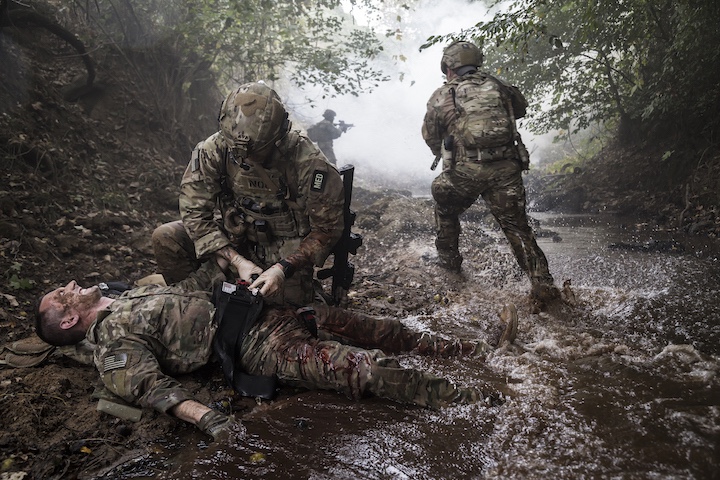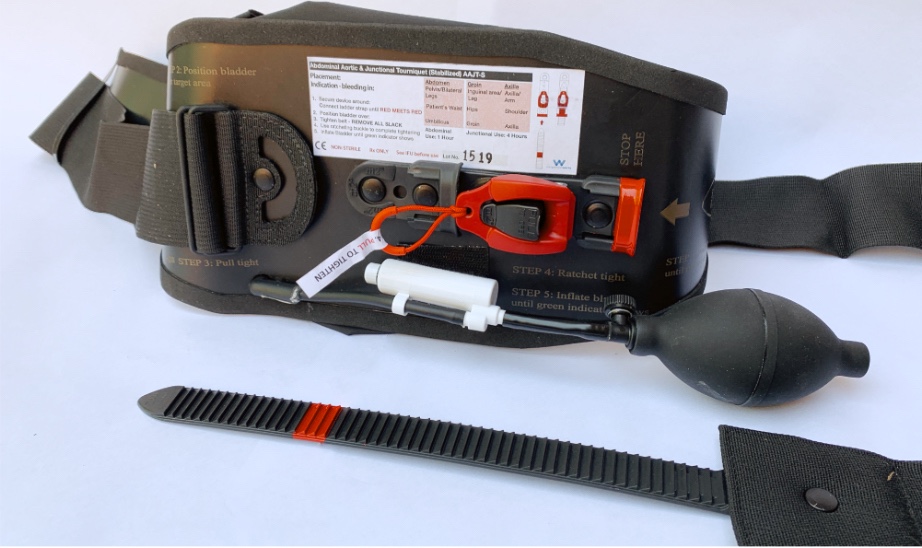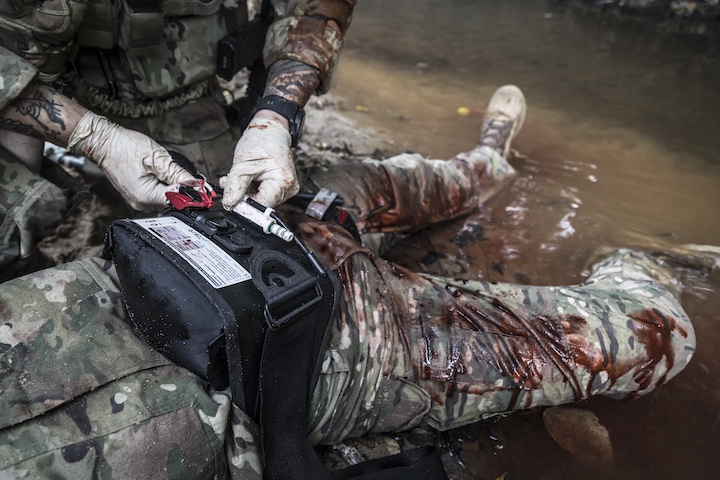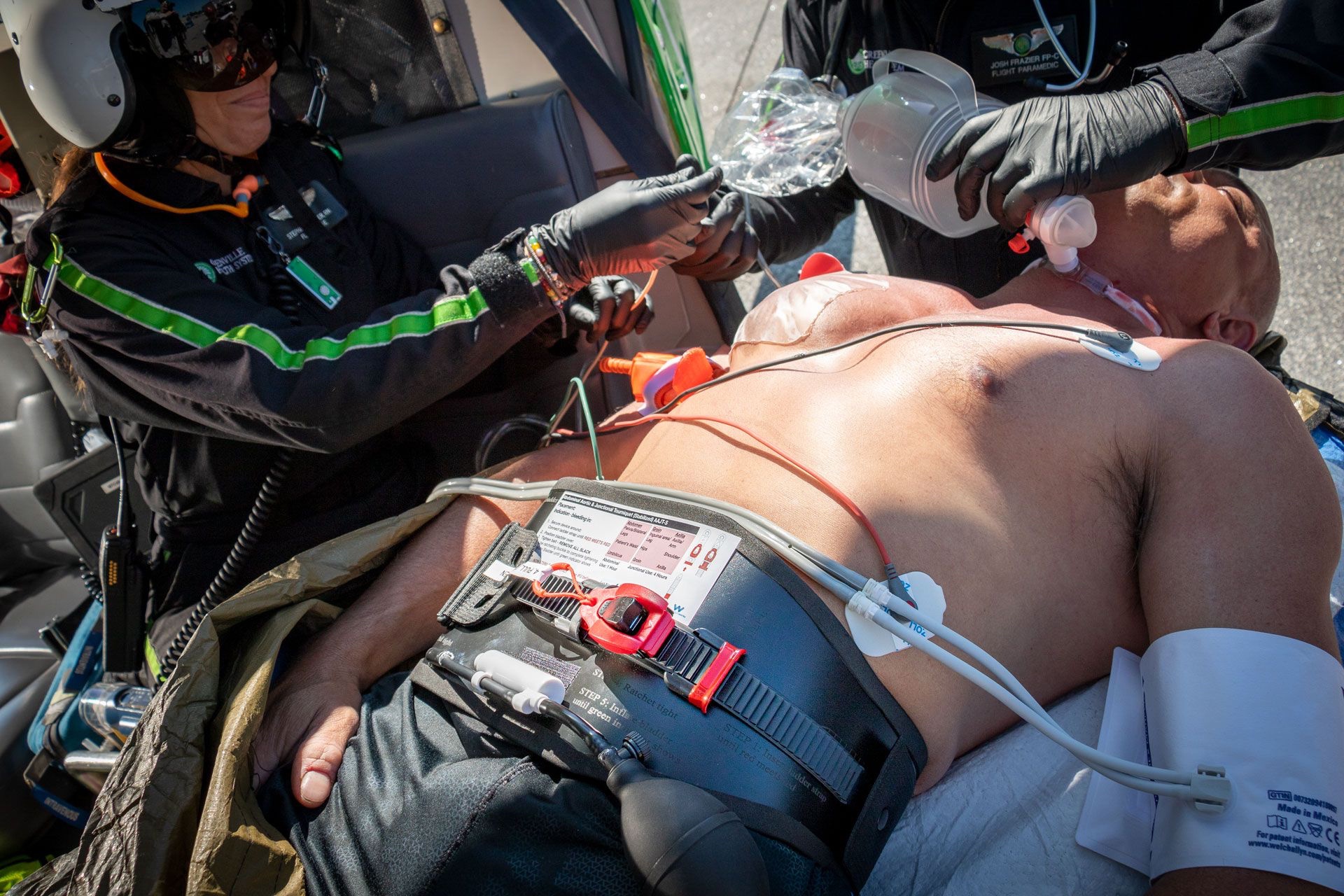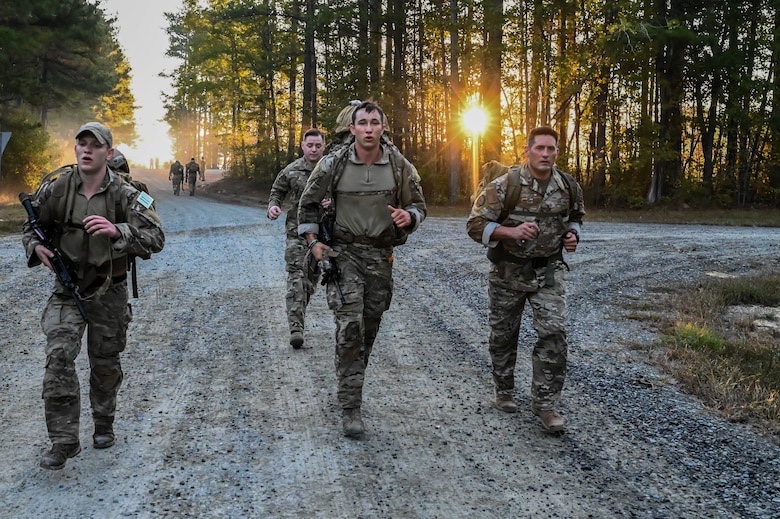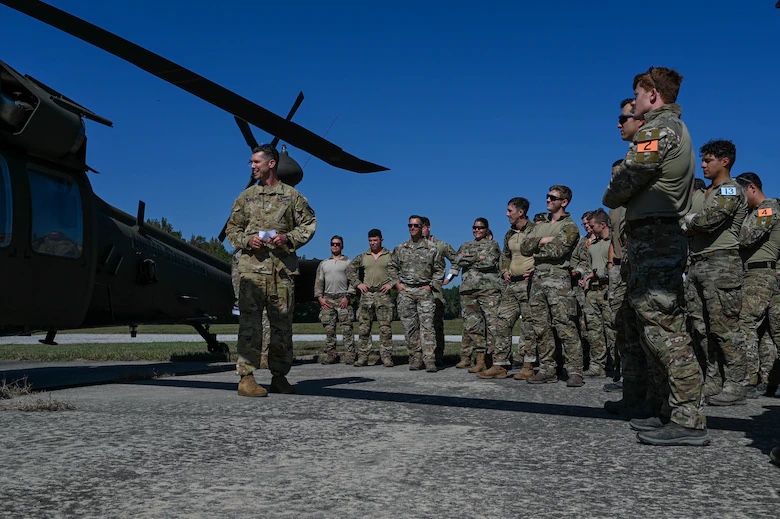Responsibilities and Qualifications
Our Eagle Industries Inc. Virginia Beach, VA facility is seeking a Product Design Engineer II to add to our team. The Product Design Engineer II will be responsible for developing nylon soft good products for our Vista Tactical Nylon brands. This position will work closely with all facets of our business: marketing, sourcing, purchasing, manufacturing, quality, scheduling, and operations to assure coordinated transition of products to manufacturing. The ability to lead projects and work in cross functional teams is essential.
Responsibilities, Including but not limited to:
• Position will require taking nylon soft good product designs from concept through production.
• Uses computer-assisted design/drafting including pattern making and CAD software to develop designs.
• Approves final samples of proposed projects, checking dimension of parts, materials to be used, relation of one part to another and relation of various parts to whole structure or project.
• Travel to manufacturing facility (Puerto Rico), trade shows, and vendor visits.
• Able to evaluate current market trends and identify future needs for new projects.
• Utilize knowledge of various sewing and cutting machines, design practices, mathematics, nylon, webbing and other materials and other physical sciences to complete designs.
• Responsible for maintaining an organized design file system.
• Participate in concurrent design reviews.
• Evaluate and approve drawings, routings, materials lists, specifications and other documents.
• Create and revise technical drawings.
• Develop Quality Control and inspection criteria for new products.
• Evaluate and solve production problems.
• Train sewers/assemblers or conduct training to introduce new processes.
• Prepare/manufacture prototypes as required.
• Must allow time studies and product design processes videotaping.
• Additional duties assigned by Supervisor.
Qualifications:
• 5+ years’ experience general engineering or product development
• Bachelor’s degree or equivalent
• Creative Design, Industrial Design, or Engineering in related field
• Basic sewing skills with multiple types of machinery
• Strong project management skills
• Experience guiding interdepartmental teams
• Strong written and verbal communication skills.
• Proficient in Microsoft Office, Adobe Illustrator and Photoshop
• Proficient in pattern design software
• Must be a self-starter and results oriented
• Experience with accessory products for shooting sports, Military/LE, etc. a plus
We offer a highly competitive salary, comprehensive benefits including: medical and dental, vision, disability and life insurance, 401K, PTO, tuition reimbursement, and the ability to add value to an exciting mission!
To apply for this position go here.
For the full list of open positions with Vista, visit www.vistaoutdoor.com/careers



